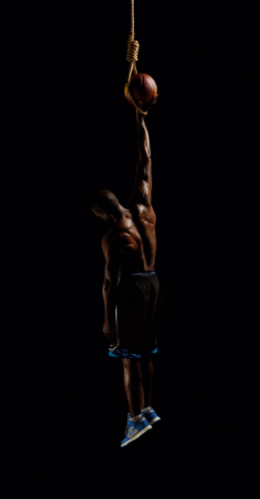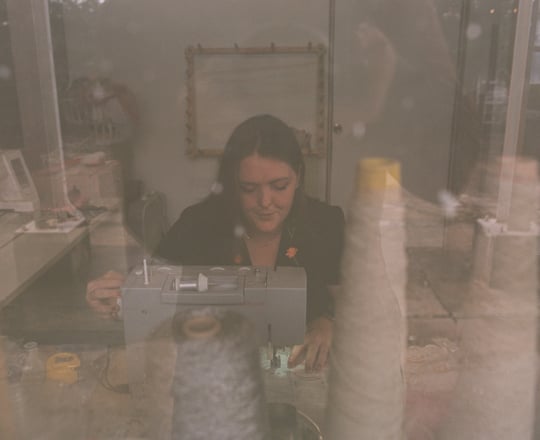
Thomas Allen Harris’s film Through A Lens Darkly: Black Photographers and the Emergence of a People, a documentary about black photographers and black imagery in photographs, will air on Independent Lens on PBS on February 16 at 10 PM EST (check local listings).

Based on the book Reflections in Black by photographer and art historian Deborah Willis, the film opens with a proclamation that author James Baldwin made in 1963, “Every negro boy, every negro girl born in this country until this present moment undergoes the agony of trying to find in the body politic, in the body social, outside himself or herself, some image of himself or herself which is not demeaning.” It’s a message that resonates throughout, as we see graphic images of slashed slaves, chained slaves, public lynchings, and burned bodies. Those horrifying scenes contrast with the poised portraits of Sojourner Truth, Booker T. Washington, and Frederick Douglass, accomplished leaders who, by attributing their success to education, provided inspiration for those struggling to survive after the forced illiteracy of slavery, which resulted in a cycle of poverty, low education, and crime. A range of other educators, authors, artists, and photographers who also stress the importance of education in the advancement of the black community is also included.

By showing the photographic history of blacks, the film contextualizes the ongoing negative depiction of blacks in the media. It examines how, even as African Americans progressed socially and economically, the media has continued to portray blacks in a barbaric fashion that hinders self-esteem. Harris concentrates on the negative imagery of blacks, from the invention of the daguerreotype to present day movies, TV, news and other outlets, and demonstrates how this negative imagery can deflate collective self-worth. Harris’s interviewees recall childhoods filled with negative associations of being black in America. The crosshairs of entertainment, fame, and notoriety can muddle black youth’s perception of success, something that hip hop artists like Kendrick Lamar attempt to counter with self-realization and self-love campaigns.
Prompted by looking through her own family album, Willis began exploring the history of works by black photographers and existing body of images depicting African Americans. The notable lack of black photographers in history books sparked the creation of the “national family album,” the virtual collection of images in the public space, from the media to social media.
Among the artists featured who have helped to remake that “national family album” are Gordon Parks, who sought to shed light on the reality of forced inequality in his “Segregation Story” series, and Willis’s own artist son, Hank Willis Thomas, who makes photo-based work that examines black identity through popular culture, in essence heeding the advice of James Van Der Zee (1886-1983) to, “Get the camera to see how you see it.”
The “national family album” continues, especially with the advent of new technologies. Spreading success with personal photographs takes only seconds today, so anyone can contribute to this collective self-portrait.
Diamond-Nadia Tullis-Koonce received a BA in classical art history from Georgia State University. She enjoys connecting today’s art to the art of the past. Diamond believes understanding art benefits the soul and she aims to increase her reader’s happiness with such information. She is currently one of BURNAWAY’s stellar editorial interns.





